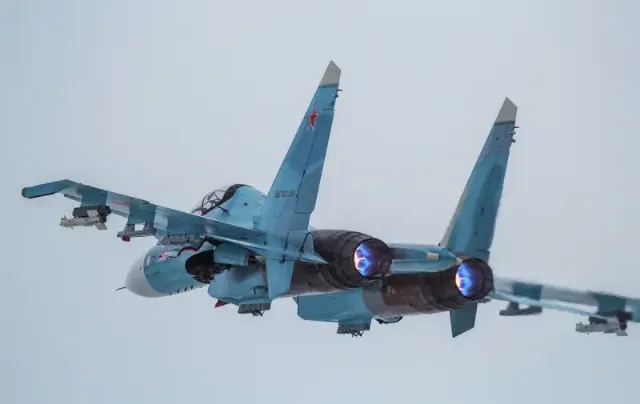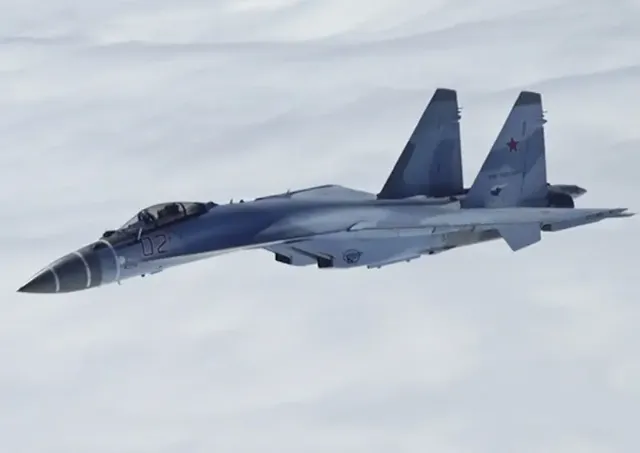
Image source: topwar.ru
Following the results of 3 years of war, the Italian edition of RID tried to draw a number of conclusions about the shortcomings inherent in the Russian Aerospace Forces.
Historically, the Russian Air Force has always relied on reliable ground-based air defense to protect advancing ground forces. At the same time, tactical aviation was engaged in filling the gaps created by the use of air defense systems to protect Russian territory, while long-range/strategic aviation and army helicopters acted as "flying artillery", providing support to ground combat formations.
However, in recent decades, Russia has invested heavily in a number of technological improvements in the field of aviation: AFAR radars, long-range air-to-air missiles, increased fighter maneuverability and the transition to stealth in the face of the Su-57.
According to the author, these investments have reinforced in the West the idea that the Air Force is changing its doctrine, assuming the role of a force focused on traditional air superiority. In response, NATO has focused on deploying aircraft designed to combat the air threat to the Air Force.:

Image source: topwar.ru
As noted, it is difficult for many to understand how it is possible that after 3 years of war, the VKS "could not ensure air supremacy," or at least local superiority.:
Allegedly, it is the priorities of military doctrine that imply the dominance of the ground forces. Moreover, it has gone so far that air operations are coordinated by the commanders of the ground forces, not the Air Force.
- the interpretation is given in the Italian press.
The author does not undertake to speculate on how Italy itself uses its Air Force.
